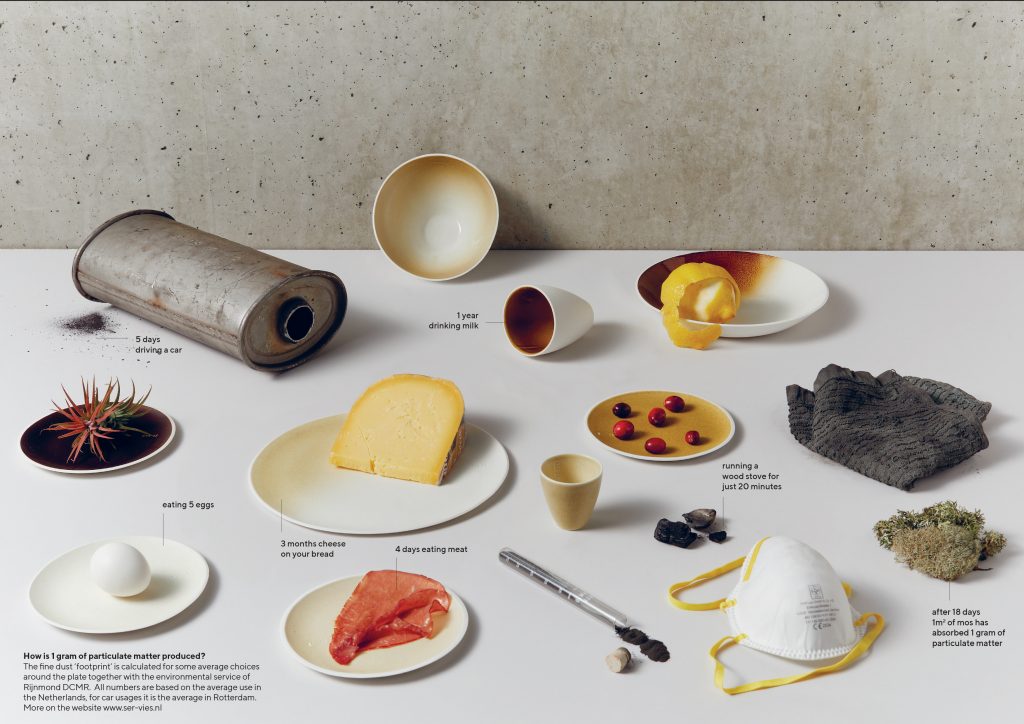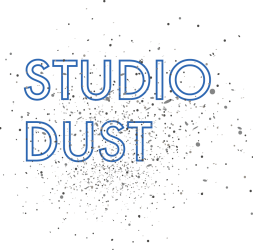SMOGWARE

2017-2023
Photo credit tableware: Servies I Roel van Tour
More on Smogware and Iris de Kievith
According to the WHO (World Health Organization), more than 90% of the world’s population in cities breathes (outdoor) air that exceeds the limits set by the WHO for pollution. Air pollution thus causes 4.2 million lives worldwide every year. This mainly affects people in South East Asia. But also in Europe, the Dutch health organization (RIVM) estimates that 12,000 Dutch people die each year a few months earlier as a result of air pollution. The lifespan reduction by particulate matter in the air alone is estimated nationally at an average of 1 year, in the large cities that is 1.5 years. Air pollution can lead to health problems, and has been linked to diseases such as lung cancer, stroke, and heart disease, and recent research shows a link with increasingly nasty health effects, such as skin cancer, Alzheimer’s disease, ADHD, and very recently there seems to be a relationship between the number of deaths among patients with COVID-19 and the polluted air in which they lived.
Air pollution is a global problem, because the wind transfers (polluted) air over great distances. This means that a person from Rotterdam inhales air pollution caused, for example, by car traffic in Brussels, and the smog in Paris is related to the emissions from intensive livestock farms in the south of The Netherlands. If we want to improve air quality, we will have to think globally and act locally.
We as citizens can be part of a solution by changing our daily habits; but how to change your habits for something that you cannot see? The Smogware (Servies in Dutch) project aims to visualize the invisible air pollution but also aims to bring people together and spark a dialogue.
Architect Iris de Kievith and Annemarie Piscaer found a way to harvest this air pollution. These fine dust particles are used for a glaze for a tableware that consists of 6 pieces. All the pieces are created in 5 colors, depending of the amount of dust that is used in the glaze, resulting in a peculiar matrix of data.

The project has a participatory approach, in workshops citizens are involved. Like harvesting the dust, or organize dinners to eat from the seemingly ‘dirty’ tableware. These moment trigger imagination and allows cross-pollination of knowledge between experts and non-experts, citizens and politics. The project is elaborated in other cities and countries as well in collaboration with locals, like Amsterdam, The Hague, Wijk aan Zee, Beijing, Berlin, Kiel, Milan and Bruges. In the images below you see how our Milanese colleagues collected air pollution with a group of locals.


